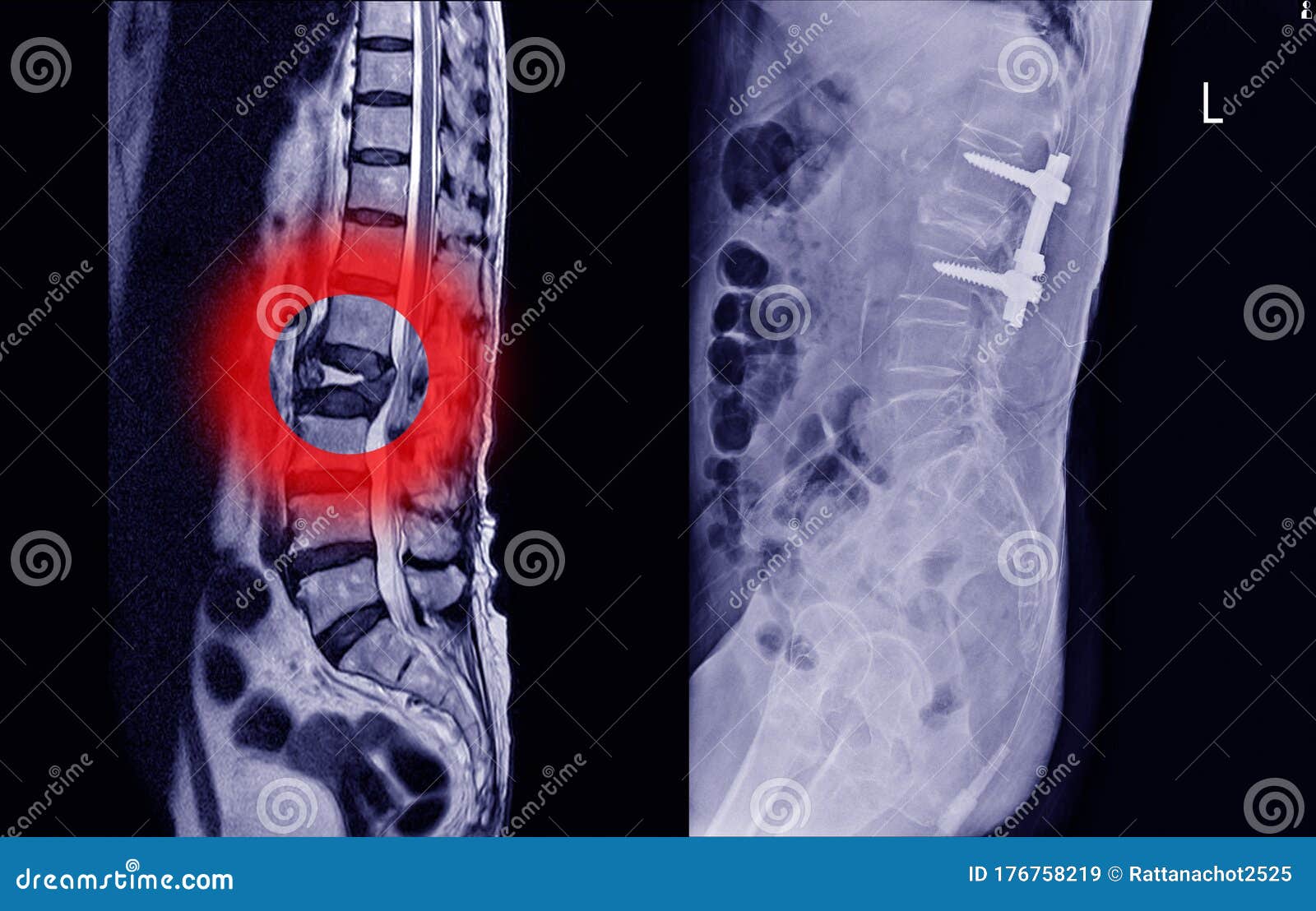

Aging: The disks between the vertebrae lose their ability to cushion with age, increasing a person’s risk of a pinched nerve.Infection: The vertebrae or disks of the spine can become infected, leading to inflammation and nerve pain.Ĭertain factors make developing back pain more likely.Spondylolisthesis: This involves a vertebra in the lower spine dislodging and pinching nerves.Bone spurs: A bone spur is an extra growth of bone, which can form on the spine and compress surrounding nerves, causing reoccurring episodes of pain.Arthritis: This causes inflammation around joints and bones, which can increase pressure on nerves in the spine.Spinal stenosis: This refers to a narrowing of the spinal column, which puts excess pressure on the nerves around the spinal cord.A herniated disk: The disks between the vertebrae in the spine can become compressed and bulge, putting pressure on nearby nerves.Other causes of a pinched nerve in the back can include: In either case, it can put pressure on the nerves.

This can occur due to wear and tear, sprains, or weakness.Īn injury can damage tissues in the spine or cause them to become inflamed. If a person does not experience tingling or numbness, they may have a different type of back pain, such as muscle pain. numbness and tingling in the legs or feet.pain that radiates from the lower back to the legs or feet.Symptoms of a pinched nerve in the lower back can include: This condition often manifests as sciatica. Doctors refer to this as lumbar radiculopathy. Nerves in the lower back can also become compressed. tingling sensations in the hand, or specifically the fingers.pain that starts in the neck and may travel down the arm.Symptoms of a pinched nerve in the upper back can include: Doctors call this issue cervical radiculopathy. If a pinched nerve is at the top of the spine, symptoms may affect the neck or arms. The location of these symptoms depends on that of the compressed nerve. A pinched nerve often causes pain, numbness, and tingling.


 0 kommentar(er)
0 kommentar(er)
